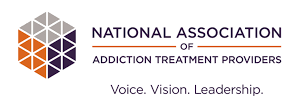Adolescent substance abuse is a nationwide problem. But for a number of reasons, certain drugs hit specific areas of the country harder than others. Below we’ve compiled facts about teen drug abuse across the US. Want to know more about drug trends in your area? Call us today.
Where Marijuana is Popular
Teen marijuana use(aka pot, weed, grass) is more common than any other drug. It is essentially the drug of choice for American teens from coast to coast.
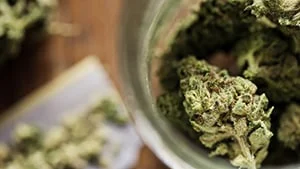
- Marijuana is the most cited drug among treatment admissions in 28 out of 50 states
- Vermont, New Hampshire, Colorado, Oregon and Montana have the highest rate of teen usage — 13–14% of teens in those states have smoked pot in the past month
- Maine, Washington, California, New Mexico and Alaska have the next highest proportion of teen usage — 11–12% of teens in those states have smoked pot in the past month
- Utah has the lowest rate of teen marijuana usage — around 4% of kids in Utah aged 12–17 have used marijuana in the past month
- Around 35% of all 12th graders in the U.S. have smoked pot at some point in the past year
Where Cocaine is Popular
In America,teens use cocaine(aka coke, blow, powder) more than in any other country in the world.

- Cocaine is the most cited drug among treatment admissions in Georgia, and the second most cited drug in at least 5 other states’ treatment admissions
- Washington D.C., Rhode Island, Vermont and Colorado have the highest rate of cocaine use in people 12 and older — around 3% of the population in each state abused the drug in the past year
- The west coast (Washington, Oregon, and California), the northeast (New Hampshire, New Jersey, New York and Massachusetts), New Mexico and Illinois have the next highest rate of cocaine use
- Around 2.6% of all 12th graders in the U.S. have used cocaine at some point in the past year, and 4% have used it in their lifetime — 1.6% of 8th graders have used cocaine in their lifetime
Where Meth is Popular
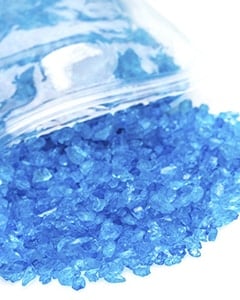
- As of 2015, meth is considered the biggest drug threat in Oregon — the amount of suspected crystal meth in the state nearly doubled between 2009 and 2014
- The amount of Texans seeking treatment for meth abuse increased more than 1000% between 2013 and 2014. Texas is considered a hotbed for crystal meth due to its proximity to Mexico, from where much of the drug is imported
- Tulsa, Oklahoma has the largest number of meth labs in the United States
- Chicago, Tampa, Las Vegas, Atlanta and New York City have also seen massive amounts of arrests related to meth use and production
- According to a national survey, 31.8% of regional agencies report meth as the greatest threat in their areas
- In the U.S., around 1% of all 12th graders have used meth in their lifetime — 0.6% of 12th graders and 0.5% of 8th graders have used it in the past year
Where Heroin is Popular
More and moreteens are using heroin (aka dope, smack, horse) as a cheap alternative to painkillers, and it’s among the most debilitating andaddictingdrugs to use.
New Year, New Beginnings.
Whether you are struggling with addiction, mental health or both, our expert team is here to guide you every step of the way. Don’t wait— reach out today to take the first step toward taking control of your life.

- Heroin is the most cited drug among treatment admissions in 8 states
- The New England area has been particularly affected by heroin in the 2000s — in Vermont, there was a 250% increase in rehab cases involving heroin between 2000 and 2013 (40% in 2012–2013 alone)
- The number of deaths from heroin abuse in Vermont doubled between 2012 and 2013
- In Maine, there was a record 208 overdose deaths in 2014, 41% of which were caused by heroin and 31% were caused by fentanyl — a painkiller with with heroin is often laced
- Other than the New England area, Illinois has the highest rate of heroin abuse and treatment admissions. Chicago is ranked first in the nation for number of ER visits related to heroin use
- Around 0.8% of all 12ths graders in the U.S. have used heroin in their lifetime — 0.5% of 8th graders have used it in their lifetime, and 0.3% have used it in the past month
Where Prescription Pill Abuse is Popular
Perhaps the most alarming drug trend among teens isprescription drug abuse. Especially in the case of painkillers, these drugs are often found around the house or resold after receiving a prescription from a doctor.

- Painkillers (also known as “opiates” or “opioids”) are the most cited drug among treatment admissions in 7 states: the 3 northeasternmost states (Maine, New Hampshire, Vermont), Delaware, West Virginia, Kentucky and Tennessee
- Oregon has the highest rate of nonmedical painkiller use among people 12 and older (nearly 6.5% of the population)
- Colorado and Illinois have the next highest rate of painkiller abuse (more than 5% of the population)
- Iowa has the lowest rate of nonmedical painkiller use in the U.S. (3.6%)
- Alabama has the highest number of opioid painkiller prescriptions in the country — 3 times as many as Hawaii, the state with the lowest
- Across the country, 46 people die from a prescription painkiller overdose every day
- Around 5% of all 12th graders and 1% of all 8th graders in the U.S. haved used Vicodin for nonmedical reasons in the past year — 3.3% of 12th graders and 1% of 8th graders have used OxyContin in the past year
- Around 7% of all 12ths graders have taken Adderall, a prescription stimulant, nonmedically in the past year
Other Drug Trends
Besides the marquee illicit drugs, severaldrug trendsin the 2000s have caused trouble in many regions of the United States.
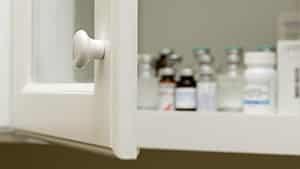
- Synthetic marijuana, a so-called “legal high” designed to mimic the effects of marijuana, was sold in convenience stores nationwide until a ban was put into effect — but many states still report emergency calls related to the drug
- The south (including Texas, Florida and Georgia) and the midwest (Ohio, Indiana, Illinois) had the highest number of poison control calls for synthetic marijuana in 2012
- States like North Dakota, New York and Utah have also seen alarming rates of ER visits and overdoses related to the drug
- Bath salts were another over-the-counter substance that swept the country in the 2000s, marketed as things like plant food but abused for their dangerously stimulating effects
- The south and southeast had the highest number of emergency calls related to bath salts in 2012, along with Utah and Pennsylvania
- Flakka, an extremely toxic designer drug similar to bath salts, was reported in a number of cases in Ohio, Texas and Florida in 2015. Florida is a particular hotbed for synthetic designer drugs, with 126 reported deaths from synthetic cathinones (i.e. bath salts or flakka) in 2013
Does My Teenager Need Rehab?
If your child is showingsigns of addiction, you need to act now. Your child’s life is too important to ignore. If you are not sure whether your teen is dealing with addiction, talk to a professional such as your family doctor or those of us at TheRecoveryVillage.com. We are always available to speak with you, free of cost and obligation.
It’s time for a change in your family’s dynamic. Addiction has had the reigns for too long —take the power back by getting your child the help that they need. If you have anyquestions, we are here for you. Reach out today to speak on the phone with one of our compassionate treatment advisors, who can help you sort out the situation and decide on the best actions to take. It’s free, confidential and the first step towards wellness for your teen.

